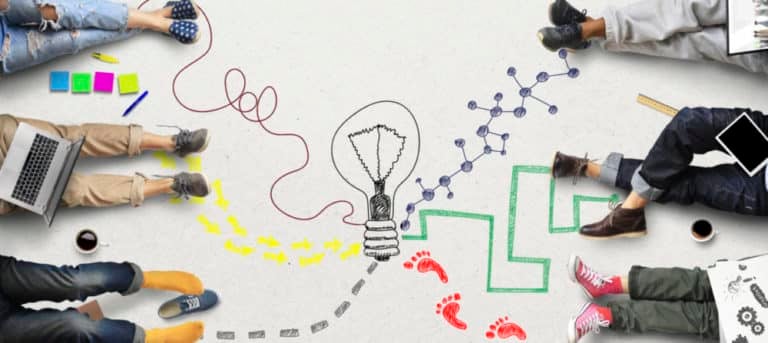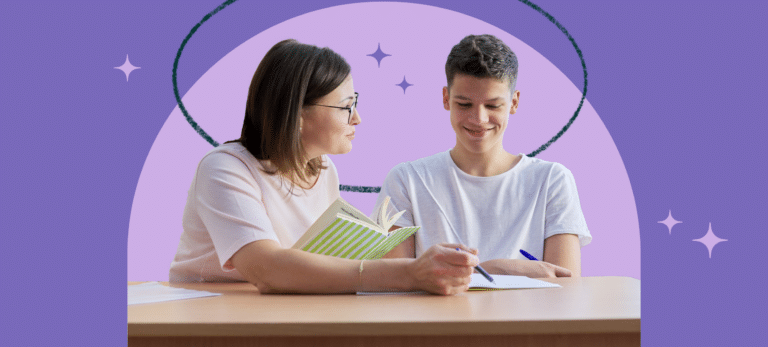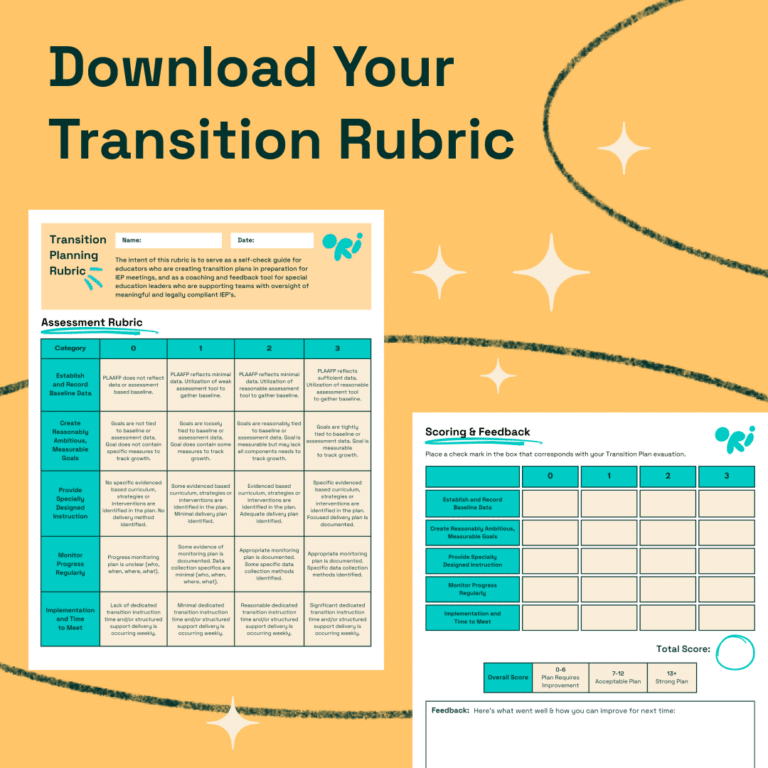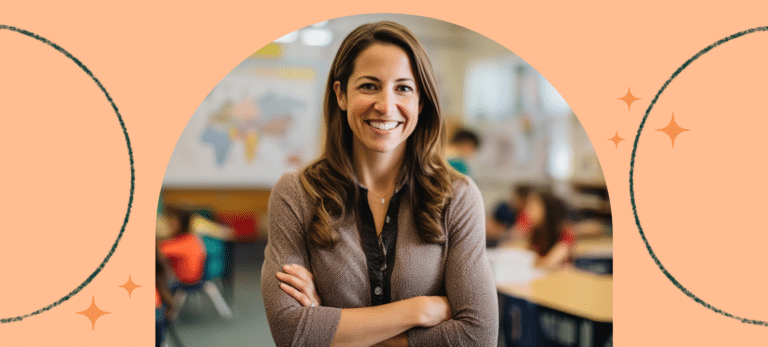

Transitioning from school to the next stages of life is a pivotal moment for students with disabilities. Once a comprehensive transition curriculum has been put in place, it’s important that educators employ targeted strategies for effective engagement with the transition process to ensure students are not just passive participants, but active directors in shaping their futures.
In this article, we offer eight such strategies which have been proven to help with student engagement in the transition planning process: from employing Self-Directed IEPs and practicing visualization techniques, to integrating experiential learning opportunities and promoting self-advocacy.
The transition planning process is made with the student’s interests, preferences and ambitions at heart, so they should feel empowered to share their opinions and inspired to take an active role in making decisions about their future. Special educators are perfectly positioned to help them achieve this as both facilitators and advocates during the transition planning process.
One good example of putting students first is Self-Directed IEP, a methodology used to promote the active participation of students in setting their own goals and the wider agenda for their IEP meetings. Arndt, Konrad, & Test (2006) have demonstrated that there is a functional relationship between the implementation of the Self-Directed IEP and increased student participation in IEP meetings.
By transforming the traditional student-teacher dynamic and placing students in the driver’s seat of their own IEP and transition planning meetings, they can become a bona fide stakeholder in their own personal and professional development and learn to steer it in the direction that they envision for themselves.
Assessments help identify and pinpoint a student’s strengths, interests, and abilities, and as such are foundational in transition planning. Note, however, that a standardized, “template” approach won’t cut it: the assessment should instead provide a detailed, personalized roadmap which is unique and specific to the student for it to be meaningful to them.
Consider using tools like interest inventories and surveys to capture insightful information about a student’s preferences and expectations, which could even lead to uncovering potential career paths. Conducting informal interviews, on the other hand, allows students to elaborate further on what they already know and express themselves more freely.
Students are more likely to feel that their time has been well-spent if they learn something new about themselves in the transition process rather than simply having to jump through hoops, while teachers will obtain a more nuanced picture of the student based on qualitative data that standardized tests might otherwise miss.
Self-advocacy is all about cultivating a sense of autonomy and having the confidence to express your needs. This is particularly important for special education students because of the unique nature of the challenges they face when navigating real-world scenarios, in which others don’t or aren’t able to always accommodate their specific needs.
Educators must therefore play an active role in providing a practical framework in which they can incorporate exercises like role-playing so that students can practice articulating their goals and preferences in a safe environment. This method not only reinforces the importance of self-advocacy as a skill in adult life, but also offers a tangible way for students to see the impact of their decisions and actions and empowers them to shape their own experience.
Prepare your students for lifelong success with Ori’s Transition Curriculum.
Creating a peer-support system in any area of life is vital for cultivating a sense of belonging, and can inform the way we show up at school, at work, or in our community.
For students receiving special education supports, having a network where peer interactions can take place in an informal setting can generate fruitful discussions about the challenges students face on their individual transition journeys. They can find commonalities and learn about novel approaches from each other along the way, which they can then bring back to and apply in their transition planning meetings.
Additionally, schools can facilitate career mentorship programs by pairing students with older peers or adults in their desired professional field of interest, preferably people with first hand experience of navigating opportunities while living with a disability or learning challenge. These mentors can answer questions, offer guidance, and provide feedback based on their experience, and also act as role models for students to emulate, especially for those who might not have any of their own.
The act of imagining a desirable future (or “visioning”) has been shown to provide structure while simultaneously allowing for creative expression, thus facilitating the discovery of personal meaning—an important motivator for engaging in any activity.
According to a study by Waalkes, Gonzalez, and Brunson (2019) in the context of adolescent career counseling, vision boards can be used effectively as a creative tool in educational settings, including special education, to foster and enhance identity exploration through visualization. Another technique teachers can implement in the classroom is future-planning workshops, where students can articulate their aspirations and turn them into milestones using the SMART goals methodology.
These activities make future aspirations seem possible and achievable, while also highlighting the direct correlation between a student’s current efforts and their long-term goals, thus increasing students’ motivation and commitment to their transition goals.
The transition to adulthood is an ongoing journey that necessitates long-term support and guidance. Educators and transition specialists should therefore implement regular check-ins and follow-up meetings with students to discuss progress towards their transition goals, adjust them as necessary, and provide additional resources or interventions where needed.
This form of continuous engagement helps students to stay focused on their goals, adapt to new challenges, and secure the resources they need to navigate their transition successfully. Moreover, having consistent touchpoints in place ensures that students feel supported throughout their transition journey and navigate the path ahead successfully and with confidence.
Our Transition Planning Rubric is designed to support district leaders and educators in guiding their teams towards excellence in transition planning.
It provides comprehensive criteria that cover the breadth of transition planning, from gauging student engagement to evaluating post-secondary goals and services.
Expand your team’s capabilities and improve the success of IEP meetings.

Focusing on students’ interests, preferences, and ambitions empowers them to take an active role in decisions about their future, making the transition planning more relevant and effective.
Real-world work experiences allow students to understand job realities, explore different roles, and connect personal interests to potential career paths.
Techniques like vision boards and future-planning workshops help students articulate and visualize their goals, making future aspirations more tangible and achievable.

Zoom out on the transition planning process and explore the different services that special educators need to consider to maximize students’ potential for success as adults.